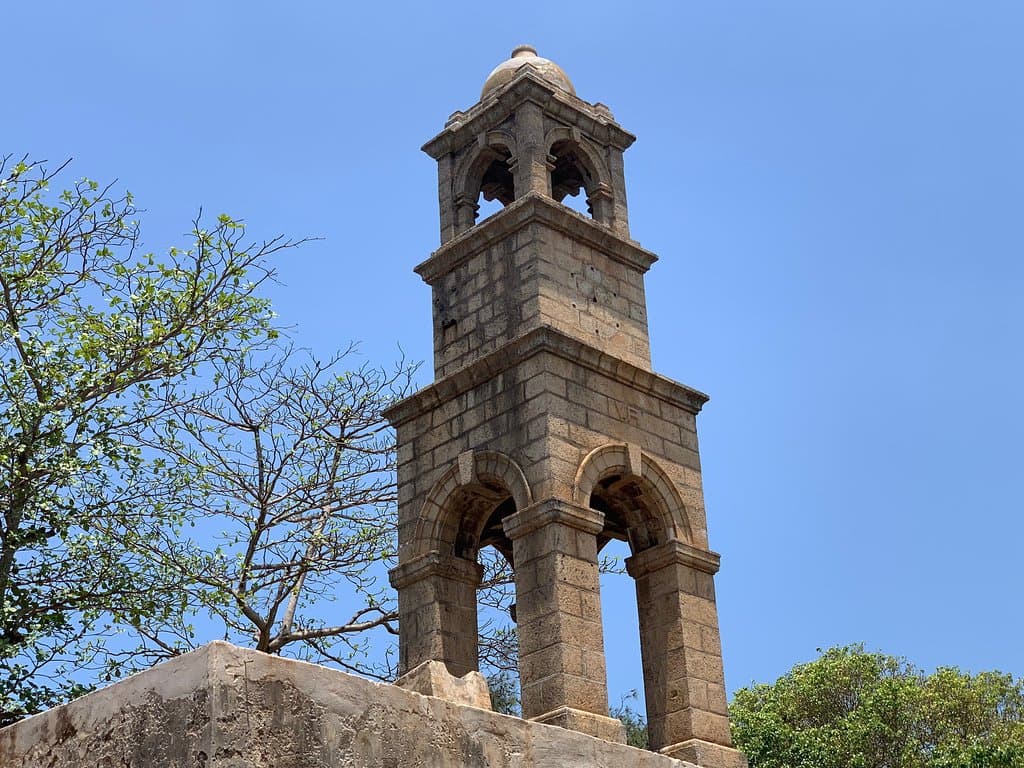
Dutch Fort and Lagoon Negombo
A historical remnant of Dutch colonial rule, the Negombo Dutch Fort offers a glimpse into the past with its old gateway and ramparts.
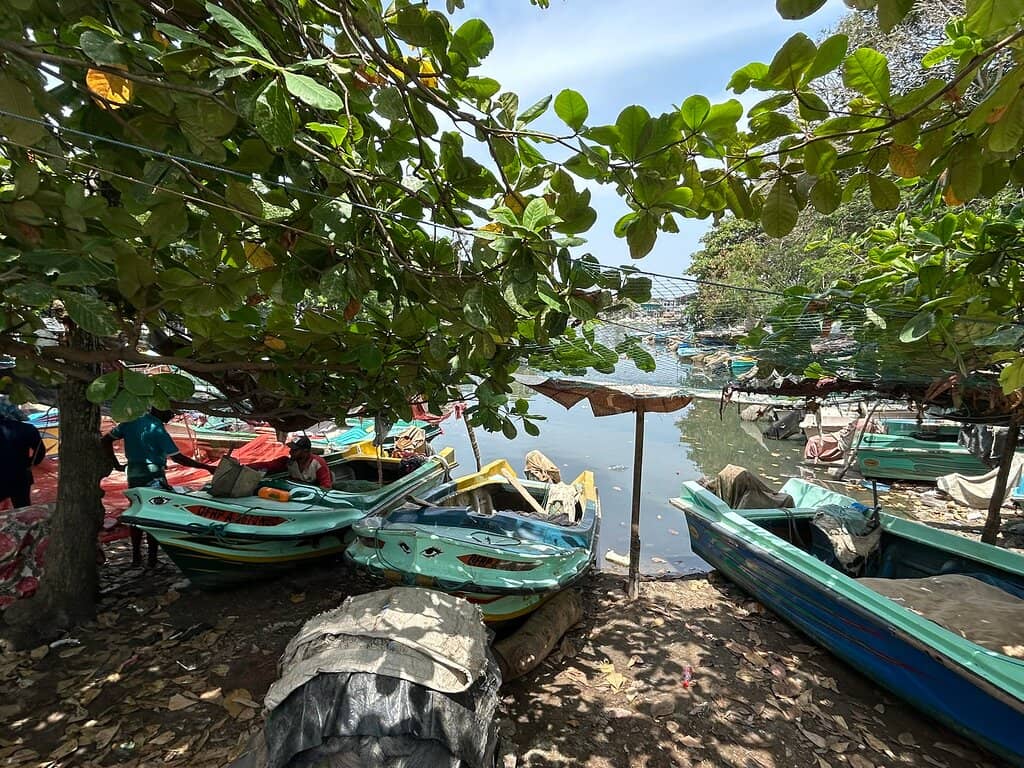
Highlights
Must-see attractions

Social
From TikTok & Reddit
Best Time
Beat the heat and crowds

Dutch Fort and Lagoon Negombo
Best Time
Beat the heat and crowds

Highlights
Must-see attractions
A historical remnant of Dutch colonial rule, the Negombo Dutch Fort offers a glimpse into the past with its old gateway and ramparts.
"A quick stop to appreciate colonial history, best combined with the peaceful Negombo Lagoon."
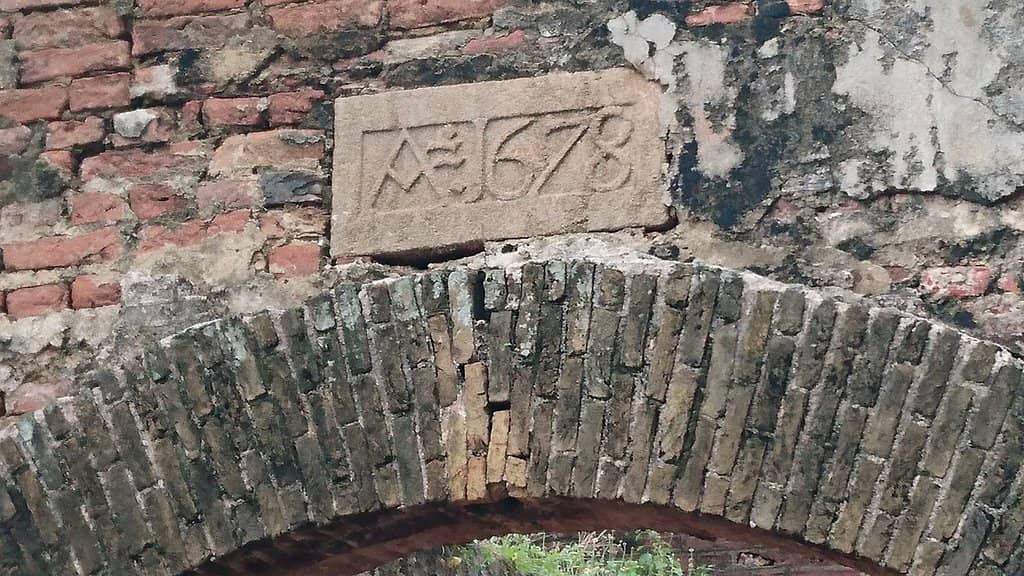
Quick Stop Worthwhile
It's a small site, so a brief visit is best. Combine with the lagoon for a fuller experience. :camerawithflash:
History Buff's Delight
Appreciate the colonial history and architectural remnants. Great for photographers! :camerawithflash:
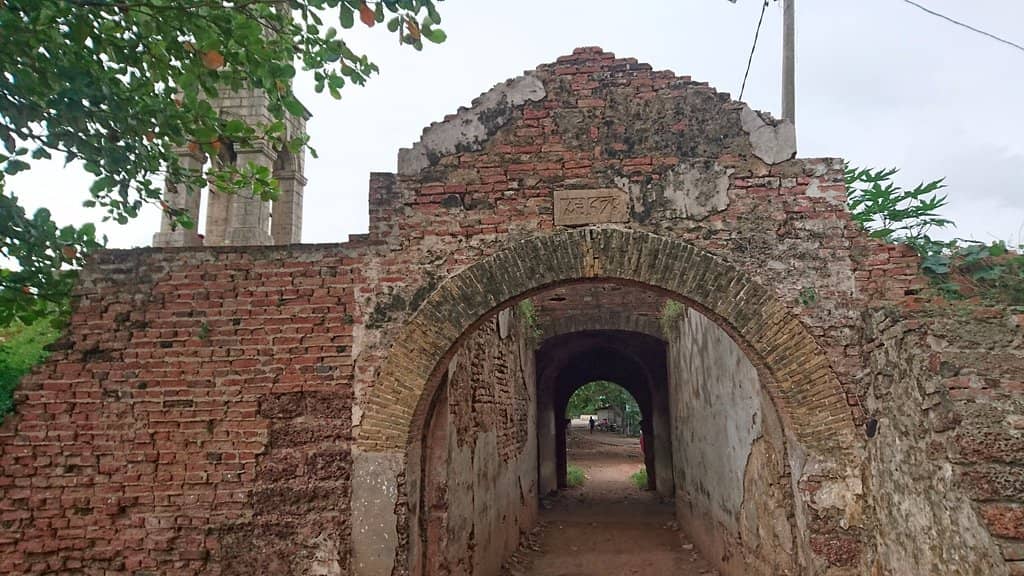
Highlights
Discover the most iconic attractions and experiences
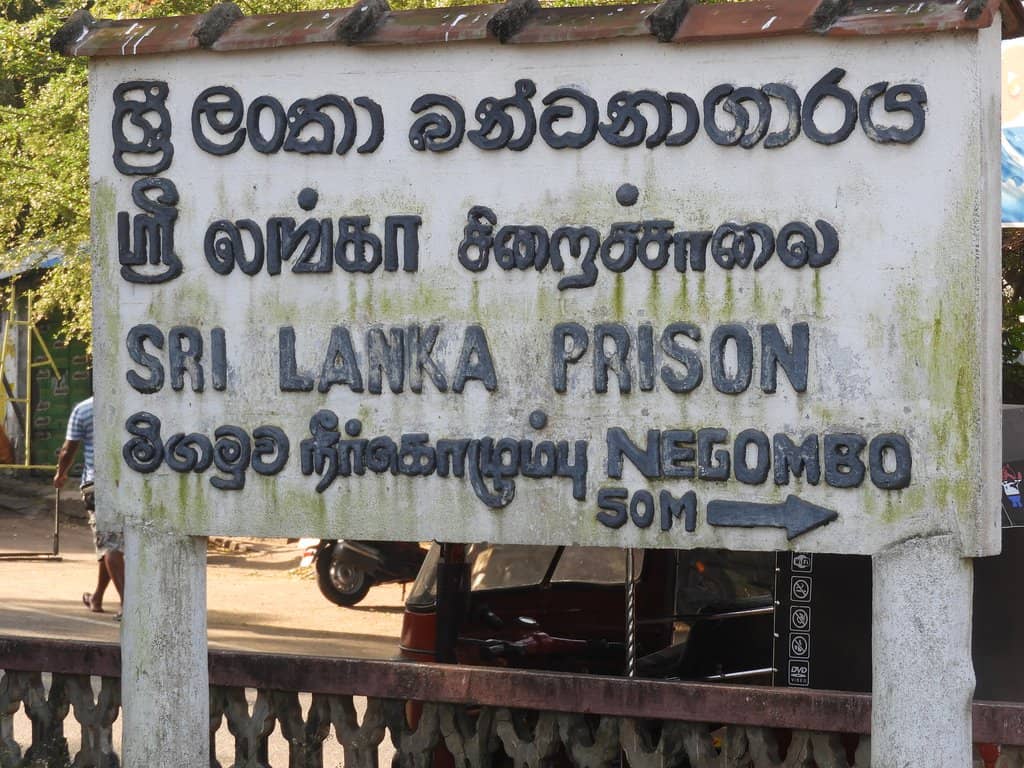
The Old Gateway
Main Entrance
Admire the inscribed granite slab and decorative gable, a surviving piece of 17th-century Dutch architecture.
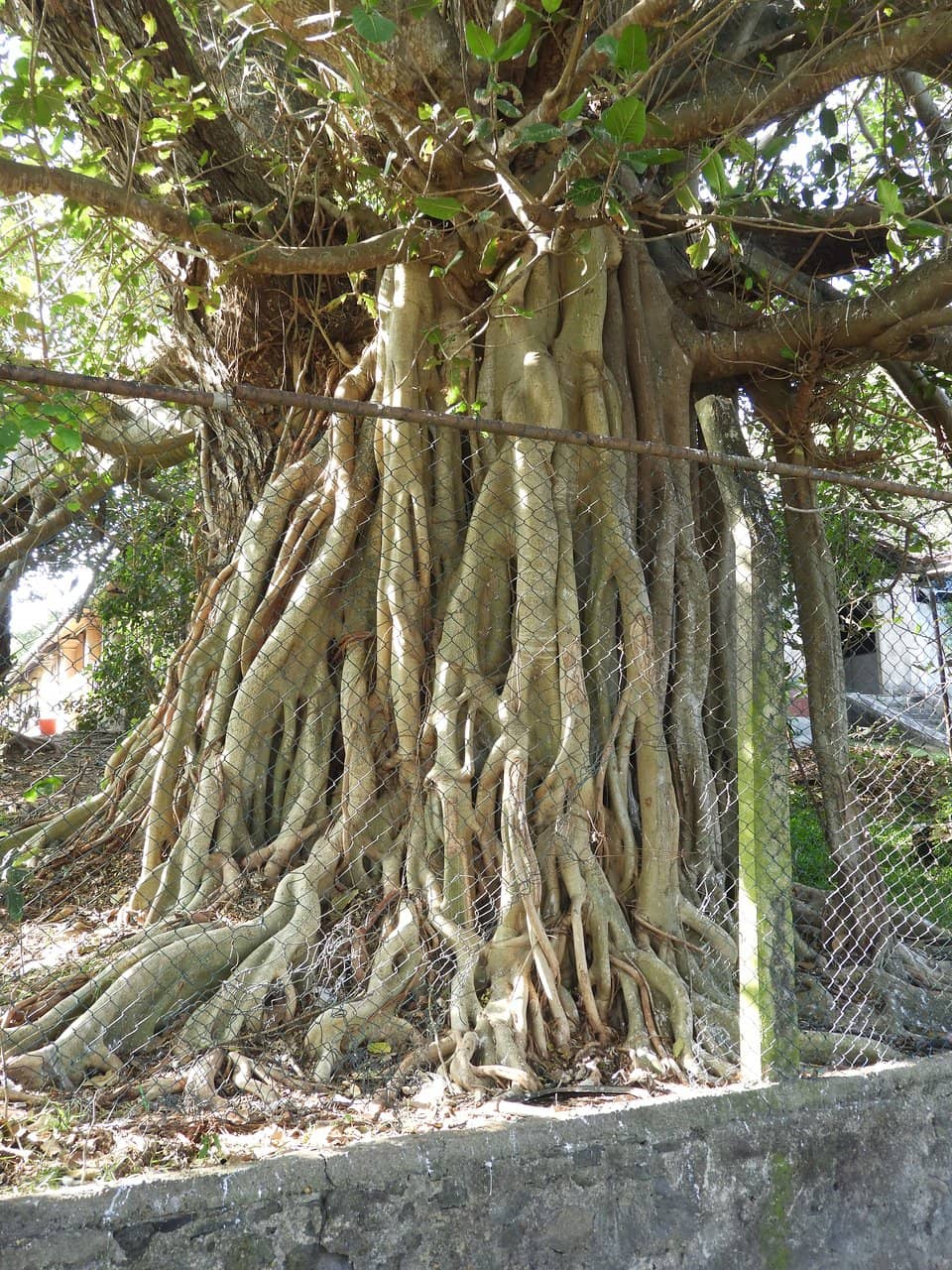
Rampart Remnants
Eastern Side
Walk along the remaining sections of the old walls, imagining the fort's former grandeur and strategic importance.
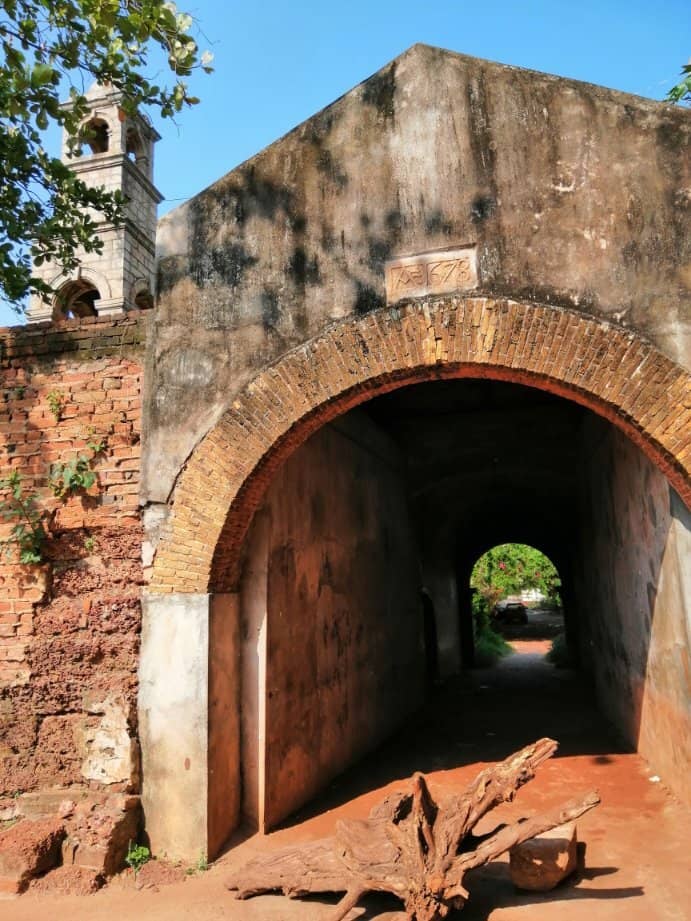
Lagoon Views
Adjacent to the Fort
Enjoy the peaceful atmosphere and scenic views of the Negombo Lagoon, a perfect complement to the historical site.
Plans like a pro.
Thinks like you
Planning Your Visit
A Glimpse of History
What to Expect
Best Times
Insider Tips
from TikTok, Instagram & Reddit
Quick Stop Worthwhile
It's a small site, so a brief visit is best. Combine with the lagoon for a fuller experience. :camerawithflash:
History Buff's Delight
Appreciate the colonial history and architectural remnants. Great for photographers! :camerawithflash:
Adjacent to Prison
The fort is next to Negombo Prison. Some visitors note an ice cream vendor catering to prison visitors. :ice_cream:
Combine with Lagoon
Enjoy the peaceful lagoon views nearby. A walk along the water complements the fort visit. :kayak:
Tips
from all over the internet
Quick Stop Worthwhile
It's a small site, so a brief visit is best. Combine with the lagoon for a fuller experience. :camerawithflash:
History Buff's Delight
Appreciate the colonial history and architectural remnants. Great for photographers! :camerawithflash:
Adjacent to Prison
The fort is next to Negombo Prison. Some visitors note an ice cream vendor catering to prison visitors. :ice_cream:
Combine with Lagoon
Enjoy the peaceful lagoon views nearby. A walk along the water complements the fort visit. :kayak:
What Travellers Say
Reviews Summary
Visitors find the Dutch Fort in Negombo to be a historically significant site, offering a glimpse into colonial times with its old gateway and ramparts. While it's a small remnant and part of it is adjacent to a prison, it's appreciated for its historical value and photogenic qualities, especially when combined with the nearby lagoon.
"Negombo Dutch Fort is a interesting historical site. The old walls and ramparts give a glimpse of the past. It's a peaceful place for a walk and some photos. A good spot enjoy the outdoor atmosphere. The fort is well-preserved and worth visiting for history lovers."
Melanie W
"It was captured by Dutch forces commanded by Philip Lucasz, in February 1640.[1] The Portuguese made several attempts to retake it before they were successful in December 1643. They then strengthened the fortifications and managed to defend the fort until it was recaptured by the Dutch under the command of François Caron, in January 1644.
The original bastions were destroyed by the Dutch cannons during the siege of the fort. The Dutch subsequently rebuilt it in 1672 however not on the usual square pattern, but on a pentagonal one, though it had only four bulwarks, the fifth was never constructed (possibly due to the cost).[3] The fort was located on a narrow strip of land between a lagoon and an inlet of the sea. It was surrounded by a dry moat, and the gate was accessed via a drawbridge.
In February 1796 it was occupied by the British without opposition.[1] In the late 1800s the British authorities decided to demolish the fort and build a prison in its place, constructed from the stones of the fort.[1] Today all that remains is a section of the eastern rampart with mounds at its northern and Southern ends, where the previous bastions existed, and a recessed arched gateway. Above the gateway is a slab of granite, with the date 1678 inscribed, surmounted by a high decorative gable.[1] The site is still used as a prison by the Department of Prisons"
Sameera S Senarathna
"Negombo Dutch Fort is a site with historical significance, but there isn’t much to see beyond the remnants of the old gate and walls. While it holds some colonial history, the fort itself is quite small and now serves as part of a prison, limiting access for visitors.
That said, if you’re in the area, it’s worth a quick stop to appreciate the architecture and the past it represents. However, if you’re expecting a grand fort with lots to explore, you might be disappointed. A brief visit combined with a walk along the nearby lagoon would make for a more fulfilling experience."
Dhanuka Prasad
What People Like
What People Dislike
Frequently Asked Questions
🚇 🗺️ Getting There
The Dutch Fort is located in the heart of Negombo. You can easily reach it by tuk-tuk or taxi from most parts of the city. If you're coming from Colombo, it's about an hour's drive north.
Limited street parking is usually available near the fort. Tuk-tuks and taxis can drop you off directly at the entrance.
It's a bit of a walk from the main Negombo beach area, likely around 30-45 minutes. A tuk-tuk is a more convenient option.
Many of Negombo's Dutch-era sites, including the fort and nearby churches, are relatively close. Consider hiring a tuk-tuk for a few hours to see them all efficiently.
The site has uneven ground and remnants of walls, so it might be challenging for those with significant mobility issues. The main gateway is accessible.
🎫 🎫 Tickets & Entry
No, entry to the visible parts of the Dutch Fort is generally free. You can walk around the exterior and see the main gateway.
The fort site is accessible during daylight hours. Since it's an open historical site, there are no strict opening or closing times.
No, only parts of the fort are accessible. A section of the eastern rampart and the gateway are visible, as the site is adjacent to the Negombo Prison.
Official guided tours are not commonly advertised. However, local tuk-tuk drivers may offer informal tours of historical sites in Negombo.
There are no entrance fees for the public areas of the Dutch Fort. It's a historical site that can be explored freely.
📸 📸 Photography
The main arched gateway with its inscribed slab and decorative gable is a prime spot. The remaining rampart sections also offer good photographic opportunities.
Yes, photography is allowed in the accessible areas of the fort. Be mindful of the adjacent prison and avoid taking photos of its facilities.
Early mornings or late afternoons offer softer light, ideal for photography. The golden hour before sunset can create a beautiful atmosphere.
Drone usage might be restricted due to the proximity of the prison. It's advisable to check local regulations before flying a drone.
It's best to avoid photographing the prison itself out of respect for privacy and security. Focus on the historical fort structures.
🎫 📍 Onsite Experience
You can see remnants of the old walls, the main arched gateway with an inscription, and the mounds where bastions once stood. It's a historical site, not a fully preserved fort.
Most visitors spend about 30 minutes to an hour exploring the accessible parts of the fort. It's a quick historical stop.
It was built by the Dutch in the 17th century and played a role in colonial conflicts. It was later occupied by the British and parts were used to build a prison.
There are no specific facilities like restrooms or cafes directly at the fort. You'll find these in the surrounding Negombo town.
The atmosphere is generally peaceful, especially in the mornings. It offers a quiet space to reflect on history, with views of the lagoon.
For Different Travelers
Tailored advice for your travel style
👨👩👧 Families with Kids
Consider making it part of a larger Negombo exploration. The nearby St. Mary's Church, with its impressive architecture, could also be an interesting point of interest for families. Remember to bring water and snacks, as facilities are limited at the fort itself.
📸 Photographers
Combine your shots of the fort with the scenic Negombo Lagoon nearby. The traditional fishing boats and the tranquil water create a beautiful contrast with the historical ruins. Be mindful of the prison's proximity and avoid capturing any sensitive areas.
🏛️ History Enthusiasts
Focus on the gateway inscription and the remaining ramparts to appreciate the fort's historical context. Reading up on its history beforehand will enhance the experience. Consider visiting nearby Dutch-era buildings and churches in Negombo to get a more comprehensive understanding of the colonial influence.
Deep Dives
In-depth insights and expert knowledge
A Fragment of Colonial History
Today, visitors can see the remnants of its former glory, most notably the arched gateway with a granite slab bearing the date 1678 and a decorative gable. Sections of the eastern rampart also remain, offering a tangible connection to the past. The fort's pentagonal design, though never fully completed, speaks to the architectural ambitions of the era.
It's important to note that the site is now partially occupied by the Negombo Prison, which limits full access. However, the visible portions still provide a compelling glimpse into the island's history for those interested in colonial architecture and military fortifications.
Exploring the Negombo Lagoon
Visitors often combine a visit to the fort with a stroll along the lagoon's edge. The tranquil waters, dotted with traditional fishing boats, provide a picturesque backdrop. It's a great spot for photography, especially during sunrise or sunset, when the sky paints a beautiful canvas over the water.
The lagoon is also central to Negombo's identity as a fishing town. While the fort itself doesn't offer direct lagoon activities, the surrounding area is where you can witness the daily life of the fishing community, making it a well-rounded cultural and historical excursion.

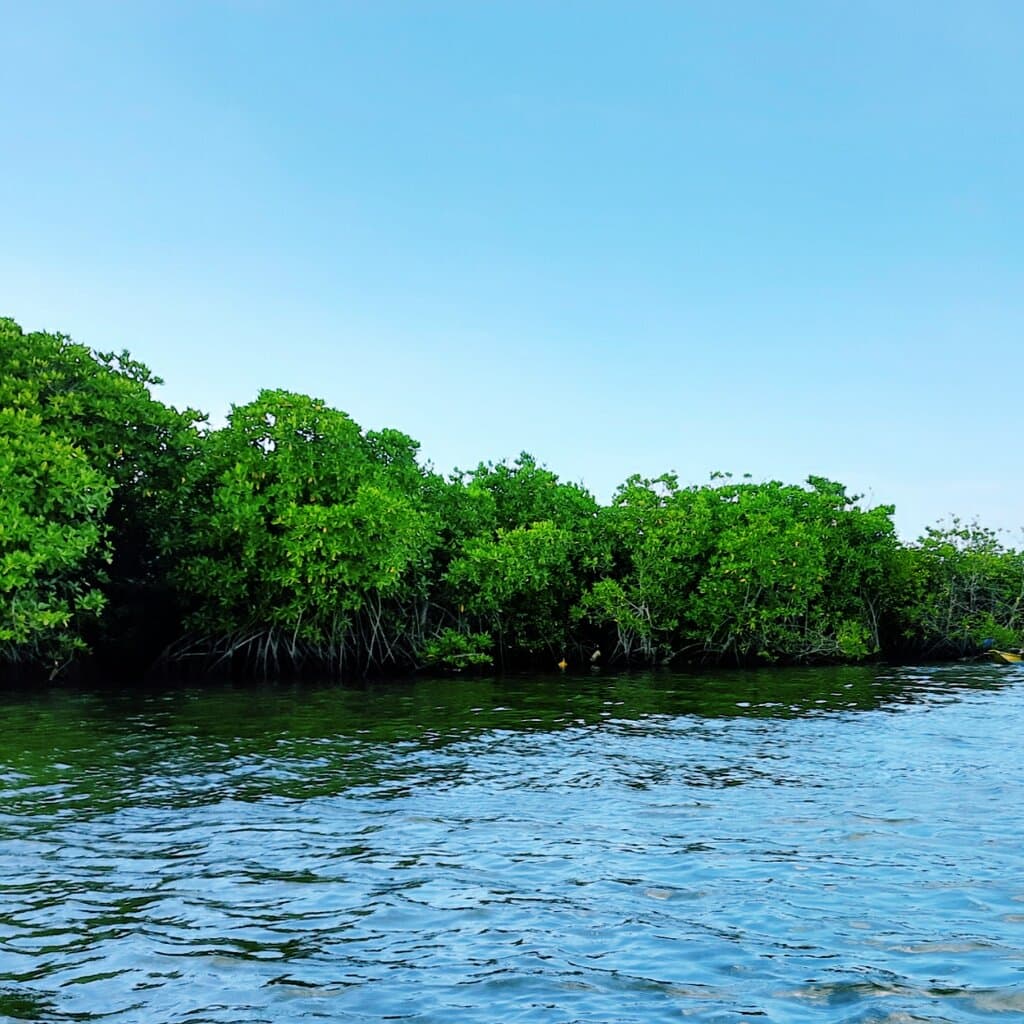
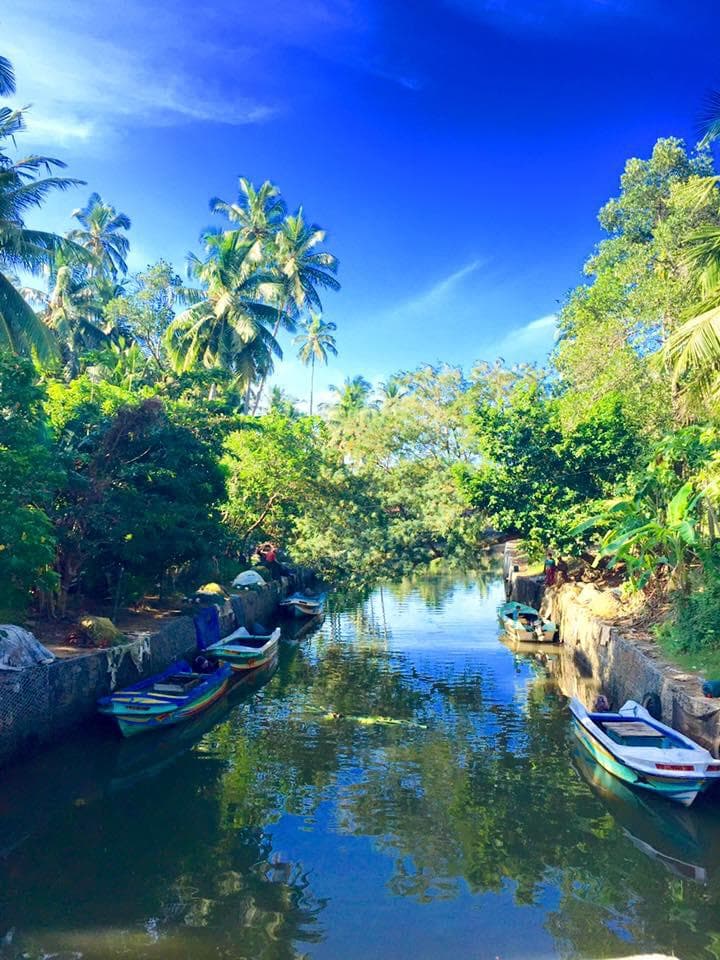
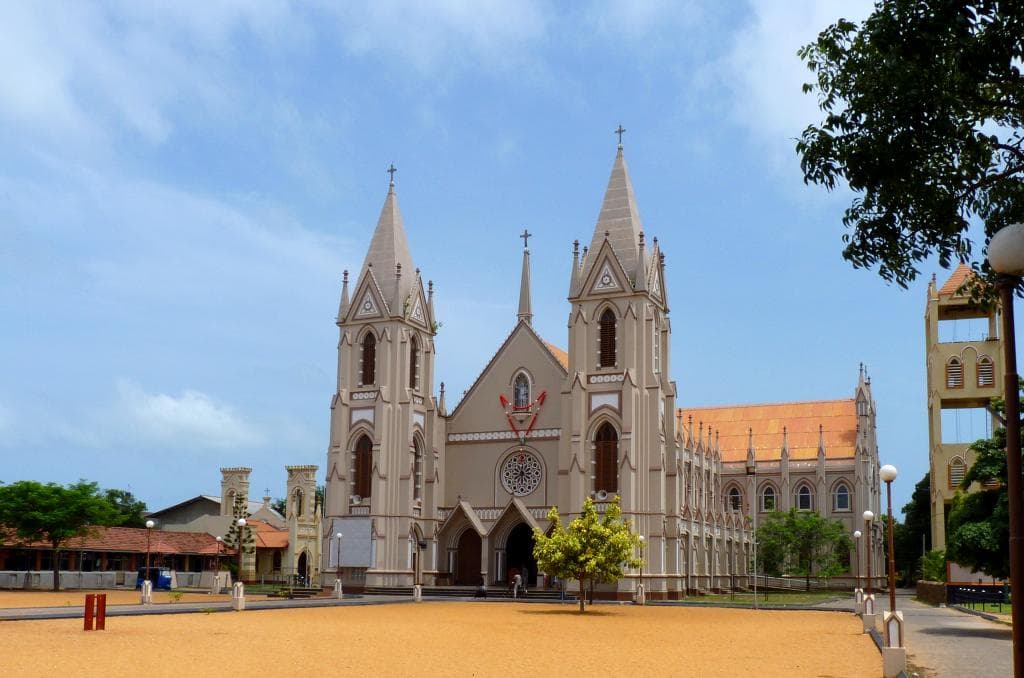
Social
from TikTok, Instagram & Reddit